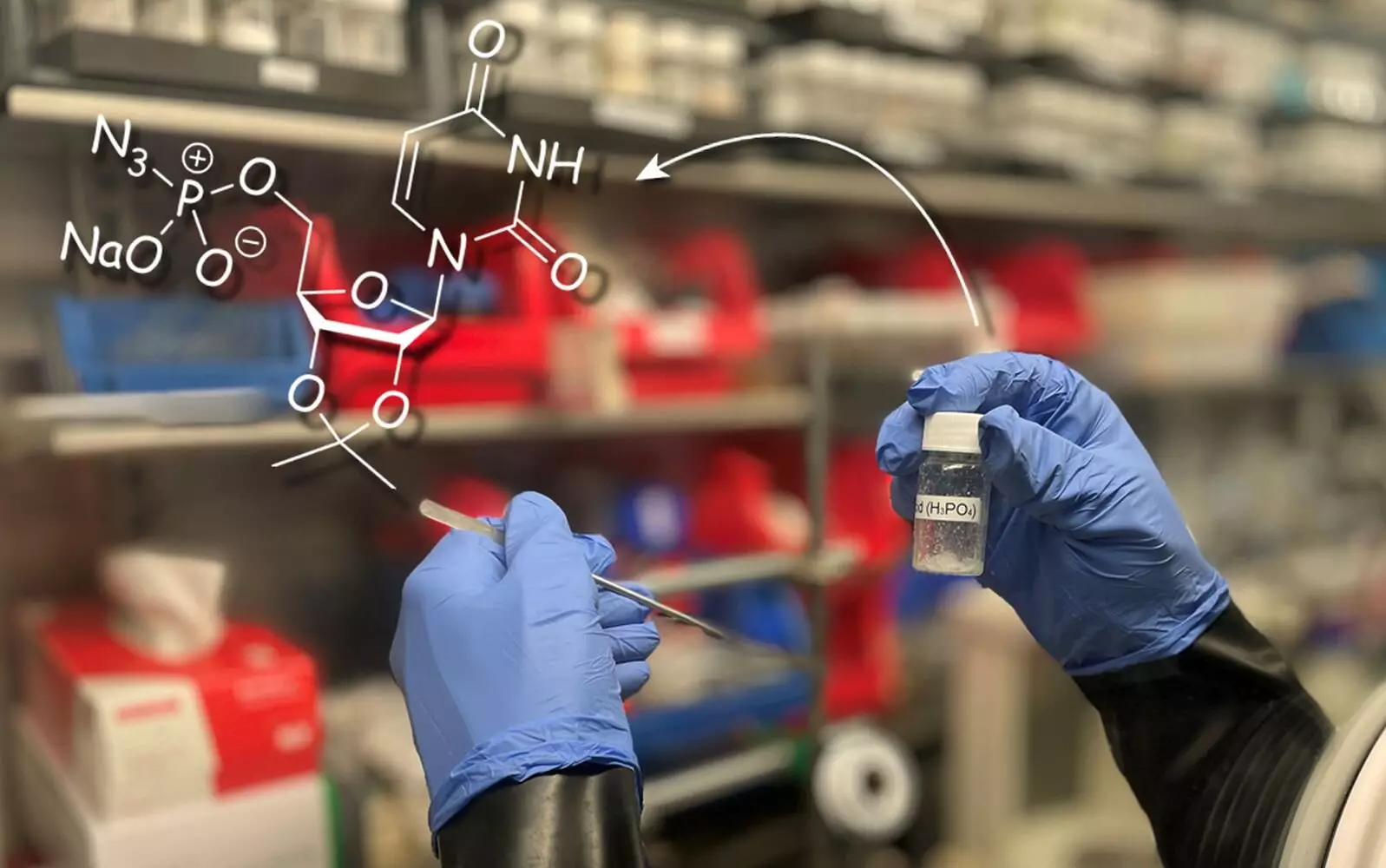Researchers from TUD Dresden University of Technology have discovered an innovative synthesis method for the production of phosphorus-containing chemicals. The new method has been published in the scientific journal, Nature Synthesis. The research team, led by Professor Jan J. Weigand, has developed a sustainable process that requires only two process steps, resulting in significant time and cost savings. This new process can reduce Europe’s dependence on third countries and improve industrial applications.
The Importance of Phosphorus
Phosphorus is an essential component of life and has numerous applications in our daily lives. It plays a vital role in energy transfer and cellular functions in the human body. Additionally, phosphorus compounds are used in fertilizers, detergents, medications, flame retardants, battery electrolytes, and catalysts. However, the production of phosphorus-containing chemicals typically involves a complex and energy-intensive multi-step process.
The New Synthesis Method
The new synthesis method developed by Professor Weigand and his team can directly convert primary and secondary phosphate sources into phosphorus-containing chemicals in just two steps, without using hazardous intermediates such as white phosphorus (P4). This new process is a significant breakthrough in the production of functionalized phosphates, as it is more sustainable, cost-effective, and time-efficient.
The Advantages of the New Process
The new synthesis method has numerous advantages. Firstly, it is a sustainable process that reduces Europe’s dependence on third countries for the production of phosphorus-containing chemicals. Currently, Europe relies on production in countries like Vietnam and China. Secondly, the new process is more cost-effective, as it utilizes cost-effective raw materials such as phosphoric acid or other phosphate sources, bypassing the use of white phosphorus as an intermediate. Finally, the new process is more time-efficient, reducing the time required for the production of phosphorus-containing chemicals.
Professor Weigand and his team have filed two patents for this new process. The first patent has already been disclosed. The team is currently working on expanding the range of phosphorus-containing chemicals producible with the novel method and recycling the chemicals necessary for the process through electrochemical methods to develop an efficient circular process. This approach allows for further conservation of resources and cost savings.
The new synthesis method developed by Professor Weigand and his team is a significant breakthrough in the sustainable production of phosphorus-containing chemicals. The new process is more cost-effective, time-efficient, and reduces Europe’s dependence on third countries for the production of these essential chemicals. The team’s future work on expanding the range of phosphorus-containing chemicals and developing an efficient circular process has the potential to revolutionize the industry.



Leave a Reply